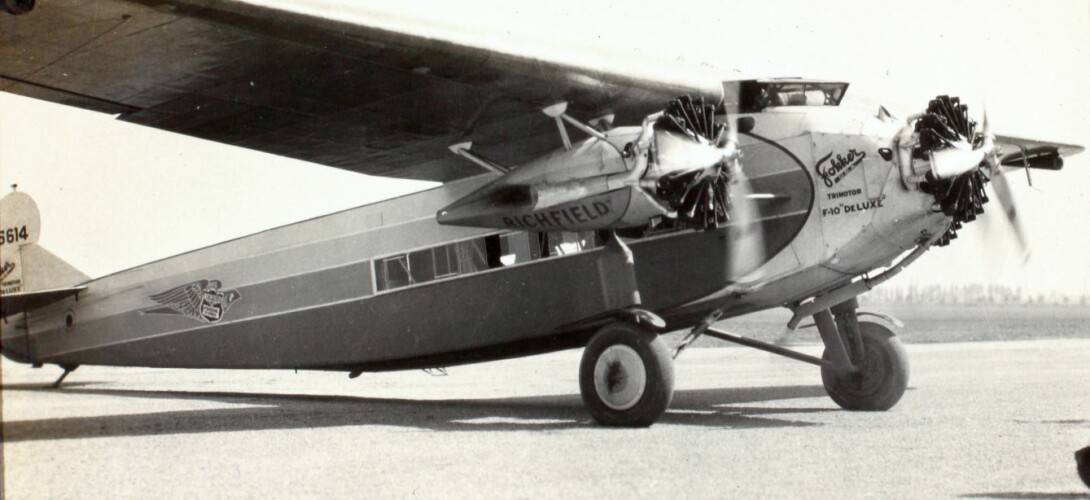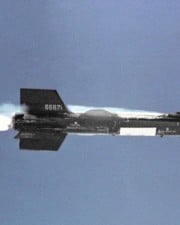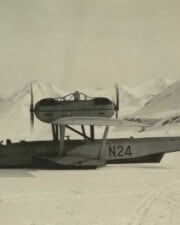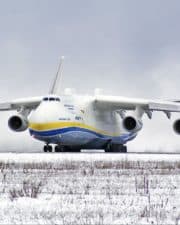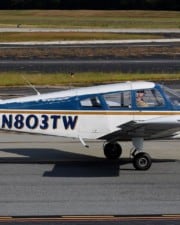After the invention of airplanes in the 1900s and the refinement of flight in the 1910s, including the first widespread usage of aviation for military purposes, the 1920s ushered in a new era for planes. Mass fascination with flying took off as much as the development of new, innovative technological models. Here are some of the best airplanes to come out of the decade.
The 1920s marked the beginning of what many historians call “The Golden Age of Flight.” The Golden Age, which refers to the 1920s and 1930s, may not have been as technologically advanced as flight today, but it marked an unprecedented enthusiasm for aviation. People were fascinated by air races and feats of daring carried out by star pilots such as Amelia Earhart and Charles Lindbergh.
The 1920s also marked advances in aviation technology that took airplanes beyond their early days as impressive but still rickety wood-and-fabric biplanes. More and more companies developed sleek monoplanes. The material switched to metal, although wood and fabric were still widespread until the 1930s.
The 1920s saw a growth in companies making airplanes, mostly for civilian use, and many new aircraft models popped up. Here are some of the best planes of the decade. They were chosen based on their advances in technology as well as their historical significance for the development of flight.
10. Travel Air Type R

There are few civilian aircraft that can embarrass military planes as militaries and air forces usually have unlimited funds to invest in the development of faster, better machines. However, the Travel Air Type R did just that in 1929 when it won the Thompson Trophy at the National Air Races. The Travel Air Type R easily beat the military models in competition and embarrassed the army so much it withdrew from racing until it developed a monoplane of its own that could compete.
But what exactly was the Travel Air Type R, the plane capable of such a feat? At first, many contemporaries did not know either. Nicknamed “the Mystery Ship,” the airplane was developed under highly secret conditions by civilian investors Herbert Rawdon and Walter Burnham to break the dominance of military planes in the air racing circuit.
The plan worked because Travel Air managed to develop an aerodynamic monoplane with a single-seat, low-fitted cockpit. The plane was so fast, in part, because of its powerful Wright R-975 engine.
9. Lockheed Model 8 Sirius
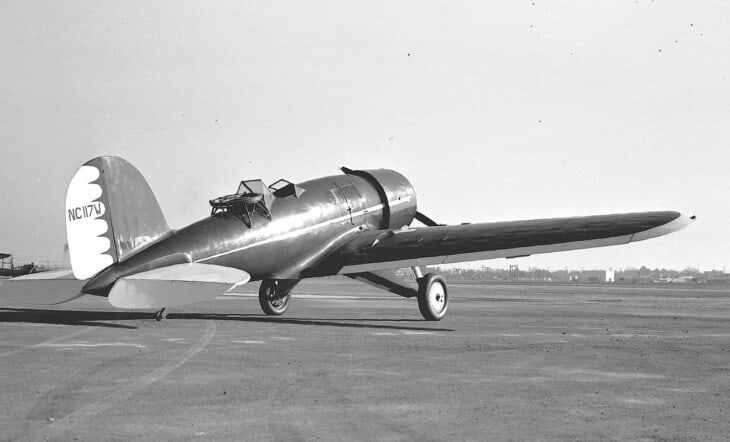
The Lockheed Model 8 Sirius was first developed explicitly at the request of Charles Lindbergh, the celebrity aviator who was the first person to fly from New York to Paris solo. Lindbergh and his wife Anne used the Lockheed Model 8 Sirius to continue their feats of aviation daring, including one famous trip to East Asia.
The Lockheed Model 8 Sirius was built for long-distance endurance flights. It had a sliding canopy over the cockpit to enable flying through cold weather and floats so that pilots could land on the water.
The airplane model was so advanced it inspired later models such as the Sirius 8A, 8C, and DL-2 that were used by the military as utility aircraft.
8. Fokker T-2

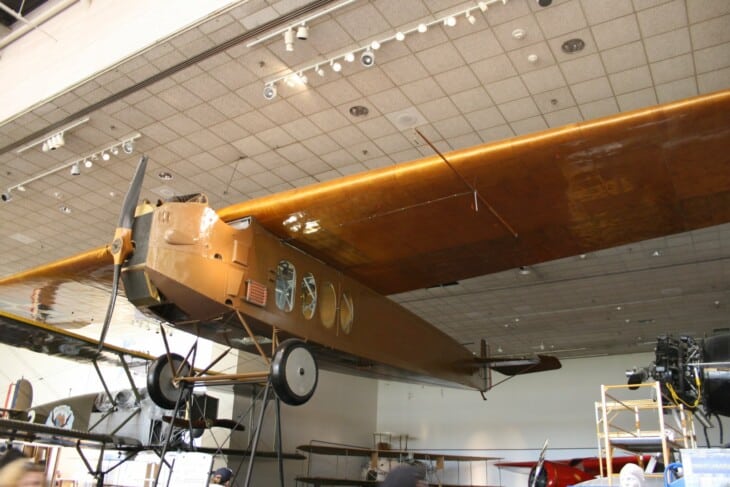
The Fokker T-2, sometimes stylized as the T.II, was one of the first (and only) military planes developed in the 1920s. The Dutch company Fokker developed this bomber for the U.S. Army Air Service as a cargo airplane.
The Fokker company almost made a grave miscalculation—in the Roaring Twenties, optimistic after the end of World War One, few militaries wanted a heavy bomber or cargo plane. For a while, it looked as if the Fokker T-2 was doomed to be an unused prototype just like the failed Fokker T-1 until the U.S. Air Service bought two.
In the end, aviation history buffs don’t remember the Fokker T-2 for its role in military history but because it was the first airplane to make a nonstop transcontinental flight over the United States. On May 2nd, pilots Oakley Kelly and John Macready flew from New York and landed a day later in San Diego, flying a modified Fokker T-2 with an increased fuel capacity and reinforced external structure.
7. Fairey Fox
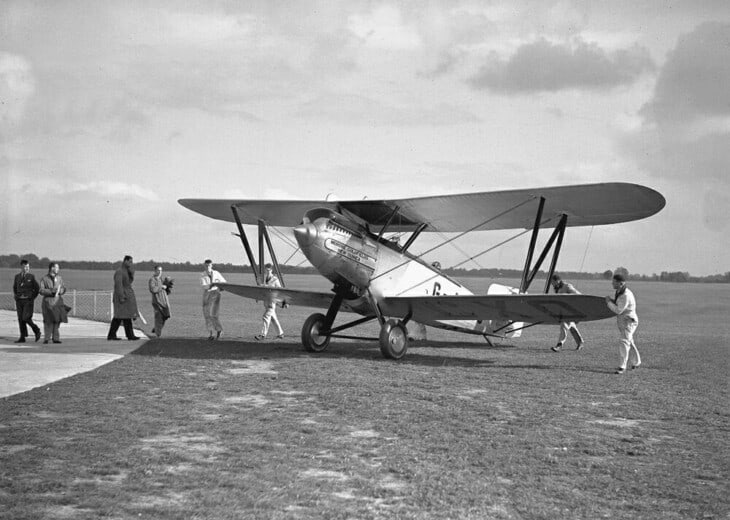
As mentioned above, many of the best airplanes coming out of the 1920s are either civilian aircraft or planes developed by the military for the purpose of competing in air races or pushing the boundaries of distance and speed, not necessarily for warfare. One of the notable exceptions is the Fairey Fox, a great British bomber.
The Fairey Fox became part of the Royal Air Force in 1926. It was developed after the British were impressed by the speed of the Curtiss engine (Over in the United States, Curtiss planes were setting speed records in air races.). Engineer C. R. Fairey combined a Curtiss D-12 engine with a lightweight two-seat bomber biplane structure.
The Fairey Fox combined early features of military aircraft, such as the open cockpit and biplane wing arrangement, with modern developments such as metal skinning. At the time, the Fairey Fox was a speedy little bomber, but by the time it first saw military action in World War Two, technological developments had left it behind.
6. Handley Page Type W


The 1920s saw the first real usage of airplanes to transport civilians. Although flying was still accessible only to the wealthiest people and hardly comfortable due to frequent turbulence, noise, and low cabin temperatures, it still meant more demand for civilian-only aircraft. The Handley Page Type W series was one of the first British airliners designed just for civilian usage.
The Type W series included the W.8, W.9. and W.10 aircraft models. The W series could carry two crew members and 12–15 passengers. It was mostly used by Imperial Airways.
Every time you get to relieve yourself on a long flight, thank the Handley Page Type W. The Handley Page Type W.8 was the first airplane to have an on-board bathroom.
5. Douglas World Cruiser

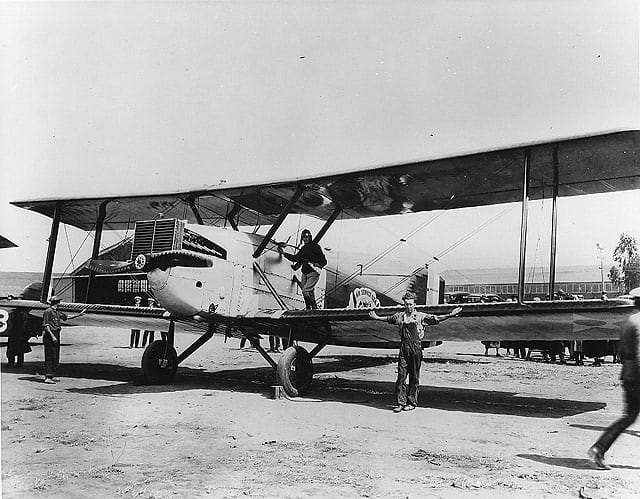
The 1920s was a peak decade for setting flight records. Many of the top aircraft on this list are airplanes used by daredevils to push new boundaries in speed and distance. One of these is the Douglas World Cruiser, whose name is self-explanatory.
The Douglas World Cruiser was the first airplane to circumnavigate the globe. The U.S. Army Air Service, the precursor to the Air Force, commissioned four examples of this model from Douglas just for the attempt to circumnavigate the globe.
Flying around the globe back then was very different than it is today, and the first trip took 175 days but was an impressive feat.
4. Ryan NYP
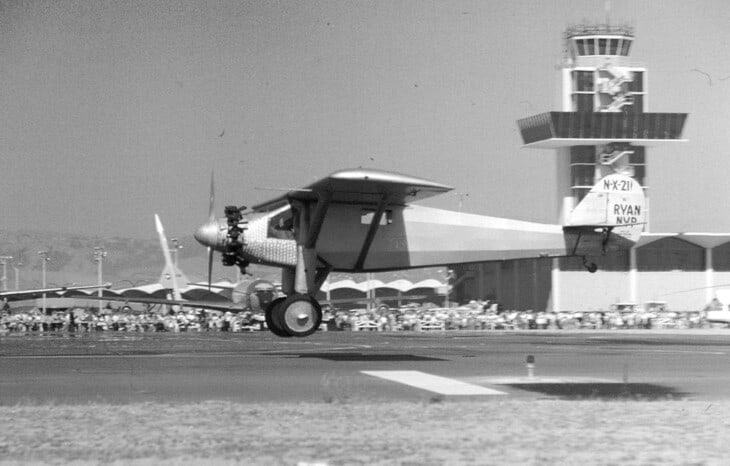
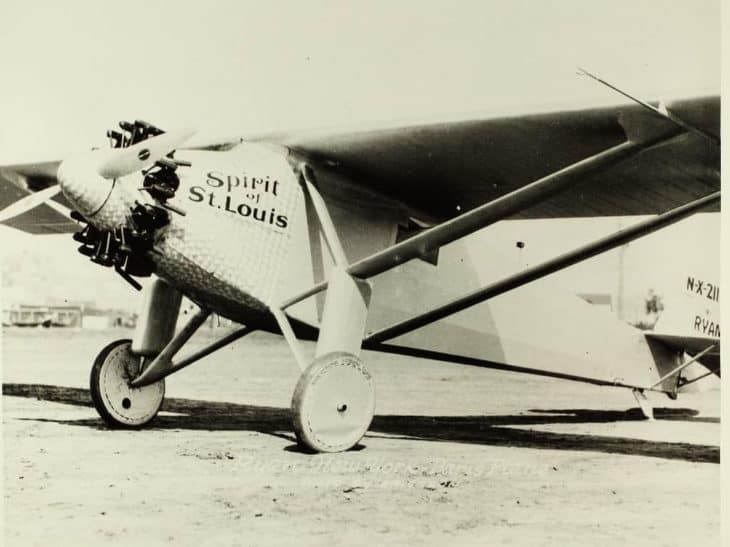
The Ryan NYP is another plane that earns its place on this list thanks to its role in the history of aviation daring. The NYP was a custom modification of Ryan’s M-2 planes flown by Charles Lindbergh.
The famous “Spirit of St. Louis,” in which Charles Lindbergh became the first person to cross the Atlantic non-stop and solo, was a Ryan NYP.
The plane was tailored to the attempt and had features such as an increased wingspan and fuel load to go the distance.
3. Fokker F-10


The Fokker F-10 was another great aircraft developed by the Dutch Fokker company. The F-10 was based on an older model, the F.VII.
The Fokker F-10 was one of the most common passenger airplanes of the time. Thanks to its wingspan and powerful engines, the Fokker F-10 could carry up to 12 passengers. Some examples of this model were also modified for military use.
Due to crashes, the Fokker F-10’s reputation was later marred, and most people remember it as an unreliable plane. However, for many years it was the backbone of civilian aviation in the United States and deserves to be on the list.
2. Curtiss R3C
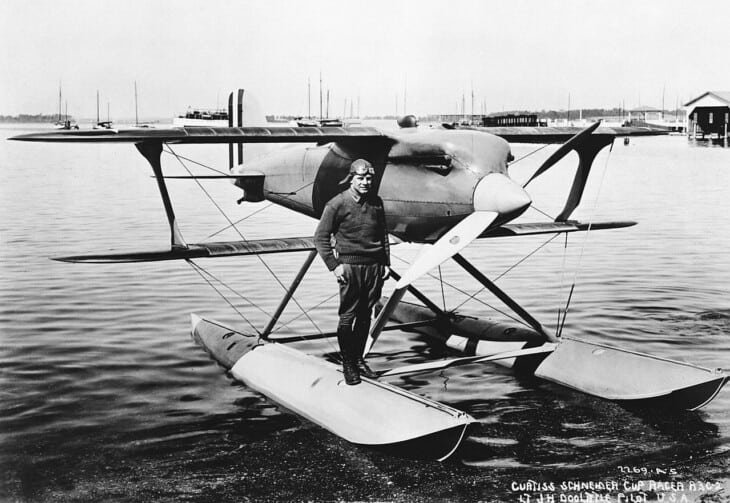
The Curtiss R3C, sometimes called the CR-3, belongs on this list because it was the fastest airplane of its time. The United States Air Service developed this plane specifically for air racing to show off the capabilities of the military.
In 1925, pilot Lt. James H. Doolittle set speed records of 232.17 mph (374 km/h) flying the Curtiss R3C.
The Curtiss R3C was so fast because of its impressive Curtiss V-1400 engine. Other manufacturers seeking speed, like the British Fairey, would take this engine to power their planes. That’s why the Curtiss is so high on this list—it inspired advances in other planes as well.
1. Lockheed Vega
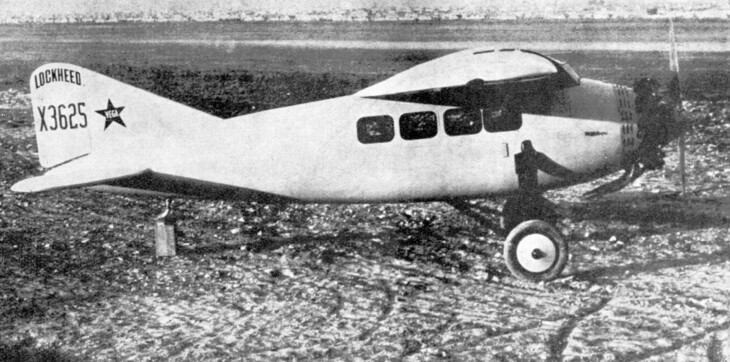
The Lockheed Vega was one of the most popular airplanes used by aviation daredevils and record-setters in the 1920s. It deserves first place on this list thanks to its role in breaking many records in aviation history.
Developed in 1927, the Lockheed Vega was revolutionary thanks to its extremely light fuselage made of spruce, a more powerful engine, and superior performance in terms of speed, distance, and durability.
One of the most famous daredevils to use the Lockheed Vega was Amelia Earhart. She set many records with her Lockheed 5B Vega well into the 1930s, including becoming the first woman to fly solo across the Atlantic Ocean.
Related Posts
